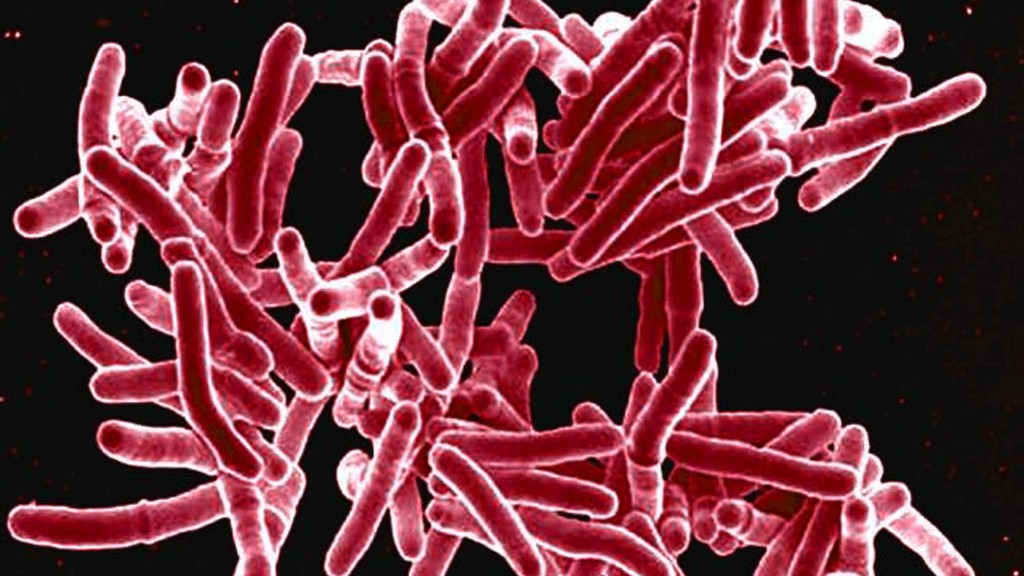-
Tuberculosis: What You Need to Know
New cases of tuberculosis (TB) in the southern region of the United States have raised questions about this deadly disease. It's caused by bacteria that spread from person to person through microscopic droplets released into the air. The Centers for Disease Control and Prevention (CDC) says there are almost 2 million TB-related deaths worldwide each year, and the disease was once the leading cause of death in the United States.
Dr. Stacey Rizza, associate executive director of the Mayo Clinic Center for Tuberculosis, says, "Only people who are in close contact with people infected with tuberculosis are at risk of becoming infected with TB." She adds, "It is prevented by identifying people who have tuberculosis infection, isolating them from others until they are no longer infectious, and treating them for either active or latent tuberculosis."
Watch Dr. Rizza explain tuberculosis
Although tuberculosis is contagious, it's not easy to catch. You're much more likely to get tuberculosis from someone you live with or work with than from a stranger. Most people with active TB who've had appropriate drug treatment for at least two weeks are no longer contagious.
There are two types of TB conditions:
- Active TB disease — This condition makes you sick and can spread to others. It can occur in the first few weeks after infection with the TB bacteria, or it might occur years later.
- Latent TB infection — Those with this condition do not feel sick, do not have symptoms and cannot spread TB germs to others. But, if their TB germs become active, they can develop TB disease.
Signs and symptoms of active TB include:
- Coughing that lasts three or more weeks
- Coughing up blood
- Chest pain, or pain with breathing or coughing
- Unintentional weight loss
- Fatigue
- Fever
- Night sweats
- Chills
- Loss of appetite
Dr. Rizza says more than 10,000 new cases were reported in the U.S. in 2011 and globally, TB is a leading cause of death from infectious disease. "We need to be aware of TB and treat and diagnose it quickly so we can rid our country of this disease.”
The Mayo Clinic Center for Tuberculosis is one of five regional centers in the United States designated a Regional Tuberculosis Training and Medical Consultation Center by the Centers for Disease Control and Prevention.








